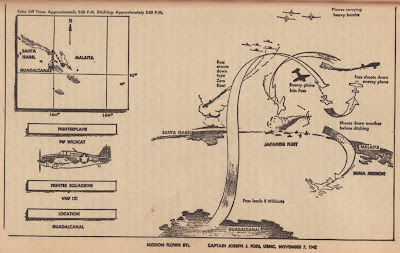Having just re-watched the bizarrely hilarious movie, "Raising Arizona," Tex Cobb's character of the Apocalyptic Motorcycle Rider came to mind.
If missiles were people, The Titan II would be him; the biggest, dirtiest, meanest rider of the Cold War.
Ok - think about the Titan II this way; it delivered a 9 megaton nuke that generated a fireball of approximately 3/4 of a mile WIDE.
And, if you need to get your head around that, go outside your front door, imagine 3 blocks east, west, north, south and know that the fireball would be a little bigger than that. We're talking metal-melting heat alone. (The radiation and blast effects are mere icing on the cake, but they reach-out an additional 10 miles).
Make you nervous?
Forget about it. The Titan II's days are gone. The 308th Strategic Missile Wing (SMW) at Little Rock AFB, Arkansas gave the Titan II its last salute on August 18, 1987. But while it lasted, the Titan II reigned as Dark Lord.
Here are some interesting talking points about the Titan II:
• The Titan II's propellant - a cocktail of dinitrogen tetroxide and hydrazine - ignited by itself when mixed. No need for a fuse, a spark or a match. This process is called "hypergolic."
• Once the "keys were turned" and the launch sequence started, the Titan II took another 55-ish seconds to launch.
• From key-turn to impact, a Titan II completed its mission in just over 30 minutes.
• The 9-megaton warhead in the Titan II was the largest carried by an American ICBM.
• The Titan II was likely the most deadly ICBM never used - at least 55 people died in accidents centered around the missile's complicated fuel delivery system. One accident on Sept. 20, 1980 resulted in the nuke warhead being blown clear out of the silo!
• The Titan II wasn't completely warlike. It was also used to launch the Gemini spaceflights (with a different payload, of course).
The bullet points are interesting trivia, but focusing on them misses the point that these missiles were wholly inert without human Genesis and management. And for me, the human-side of these missiles reigns as paramount.
This past week, I had coffee with a Missileer.* I shared my observation that one word was mentioned/written/spoken more often than I'd noticed in service people of other eras and other branches of military service. The word? "Professionalism."
"We had it drilled into us," another wrote. And another made it clear that the mass of responsibility was worn as part of the uniform. And yet another Missileer has stated that he knows many now-obsolete national secrets but he will hold onto them out of sheer respect to the profession.
Though the nuances of sentiment may differ, they all seem to agree on that word, professionalism.
And it's a mysterious word, too. In discussion, the things that exactly define what professionalism means become deeply personal and hard to qualify. Unfortunately, I'm no help. But I did manage to write this quote from a Crew Commander that I think helps sum-up how Missileers valued their work:
"I was surrounded by people that did not want to fail."
Have a look at the graphic I did showing Titan II's guarding the Arkansas state capitol building. Maybe you picked up on the macabre irony of how our government is founded on the principle of "checks and balances."
It was an accident - my original intent was simply to provide an entertaining way to show the size of the beast against a relatively common landmark - this one paying homage to the fact that Titan II's made their home in Arkansas.
But looking on it, I wonder if the Arkansas state government - heck, our federal system, too! - is run by people who "do not want to fail."
I wonder...
Of course, having one's finger on the key to nuclear armageddon does raise the stakes a bit beyond politics as usual.
Hmmm. Maybe our politicians should spend some time as Missileers...?
Next up: The Titan I.
*Missileers are also tending to be more reluctant than any other vets to go on-record.
NOTE: It's finished, but not. The Missileer that sponsored this one has graciously pointed out a number of errors and given me the blessing to take a few days off to get my head re-centered. From this tiny illustration, you probably won't know the difference. But this Titan II will hang on Missleer walls and I want to make sure it's as good as I can make it.














.jpg)







































